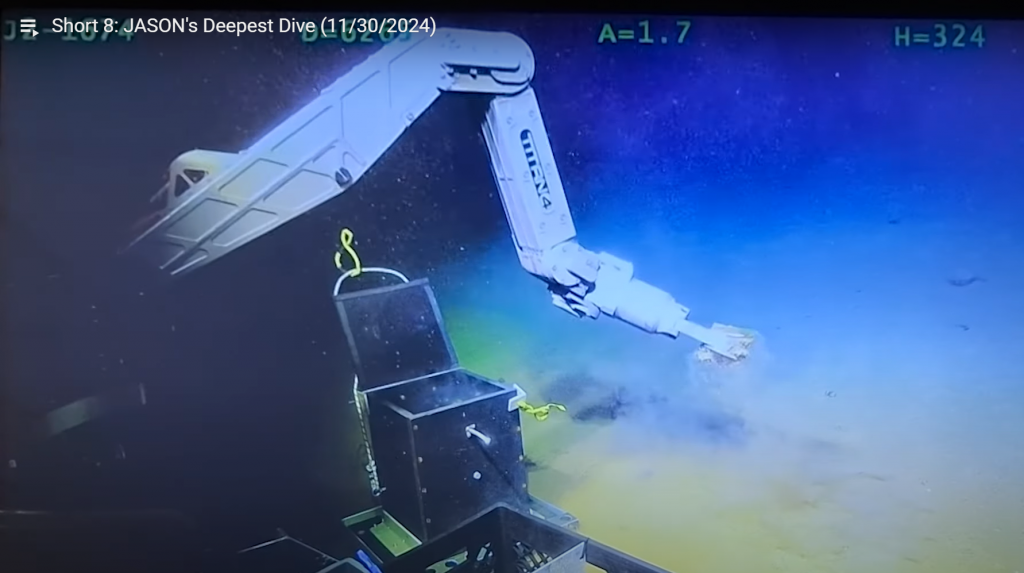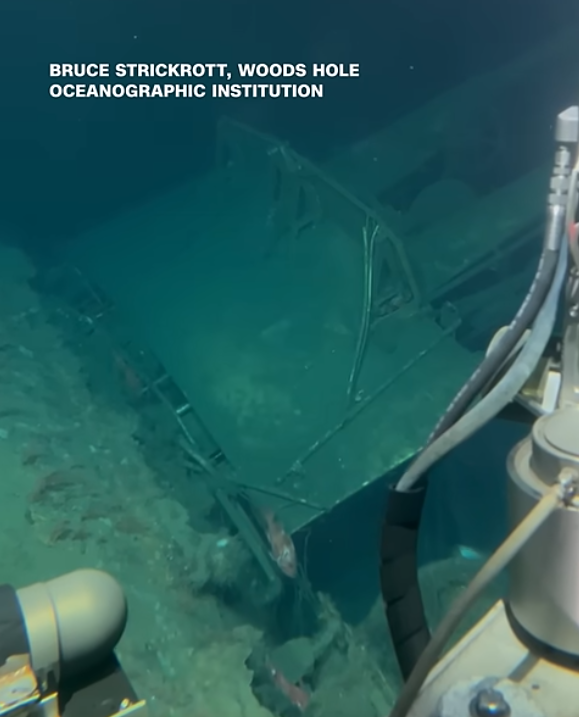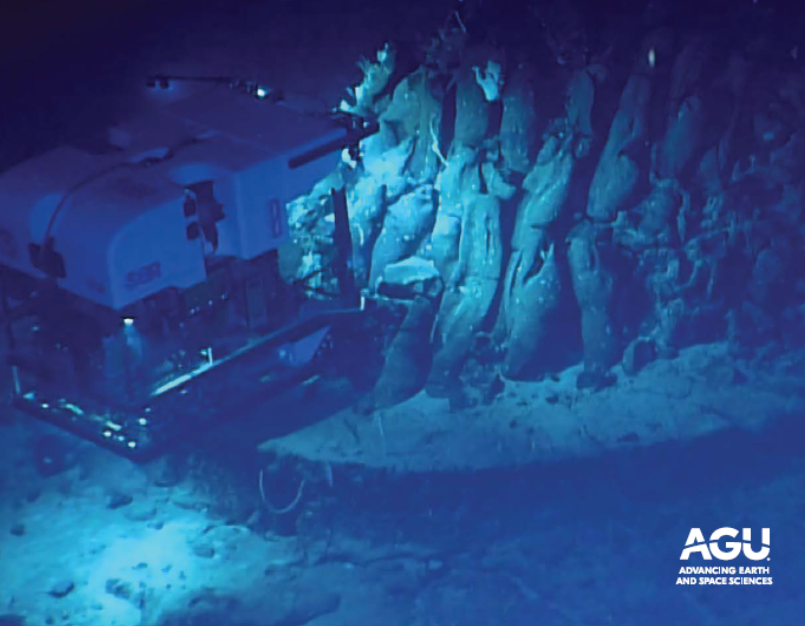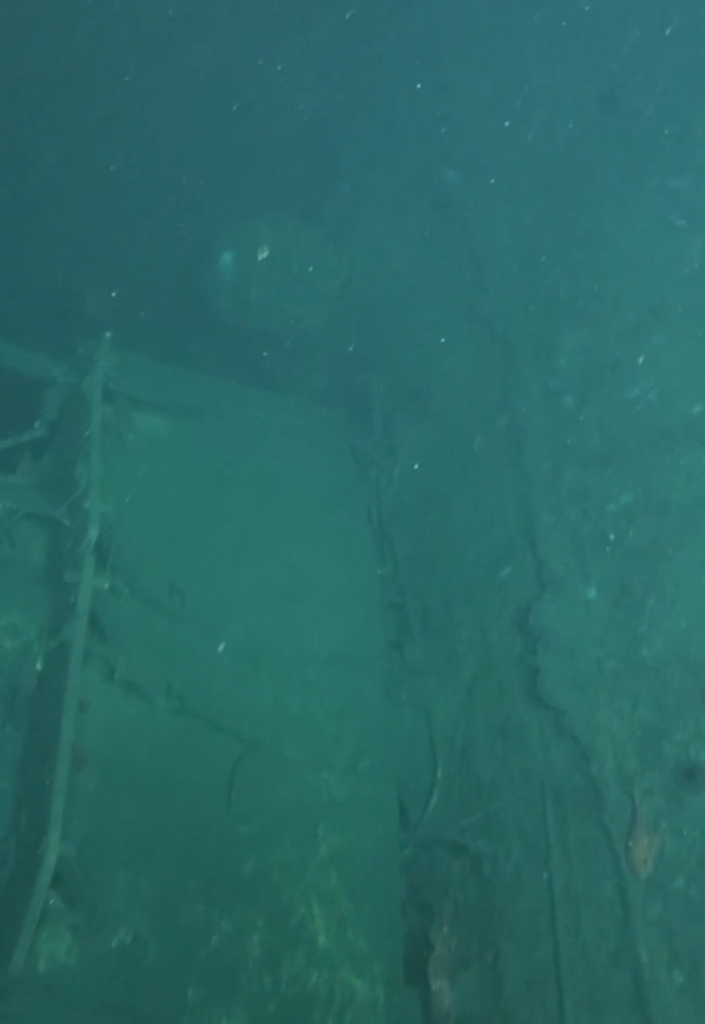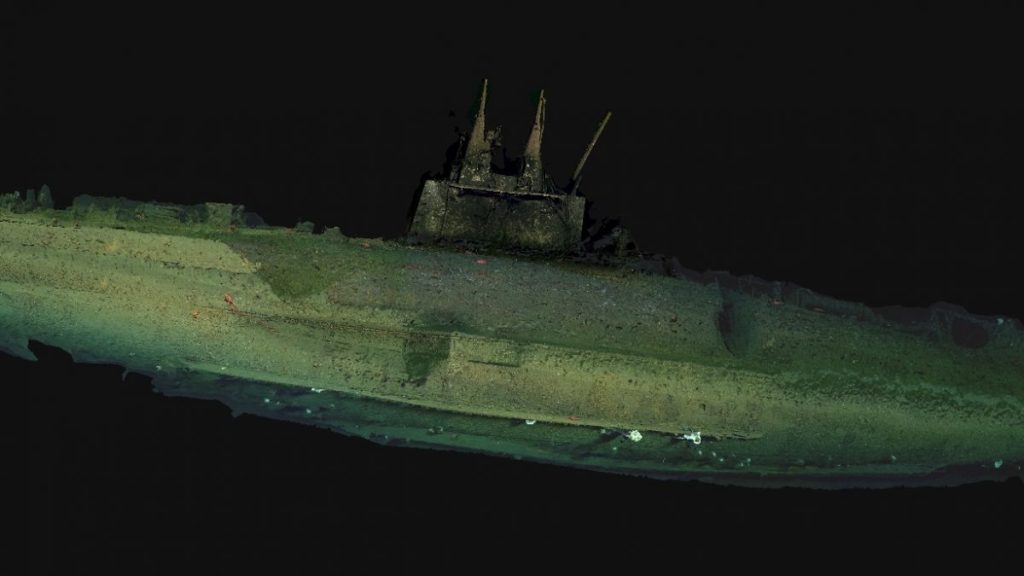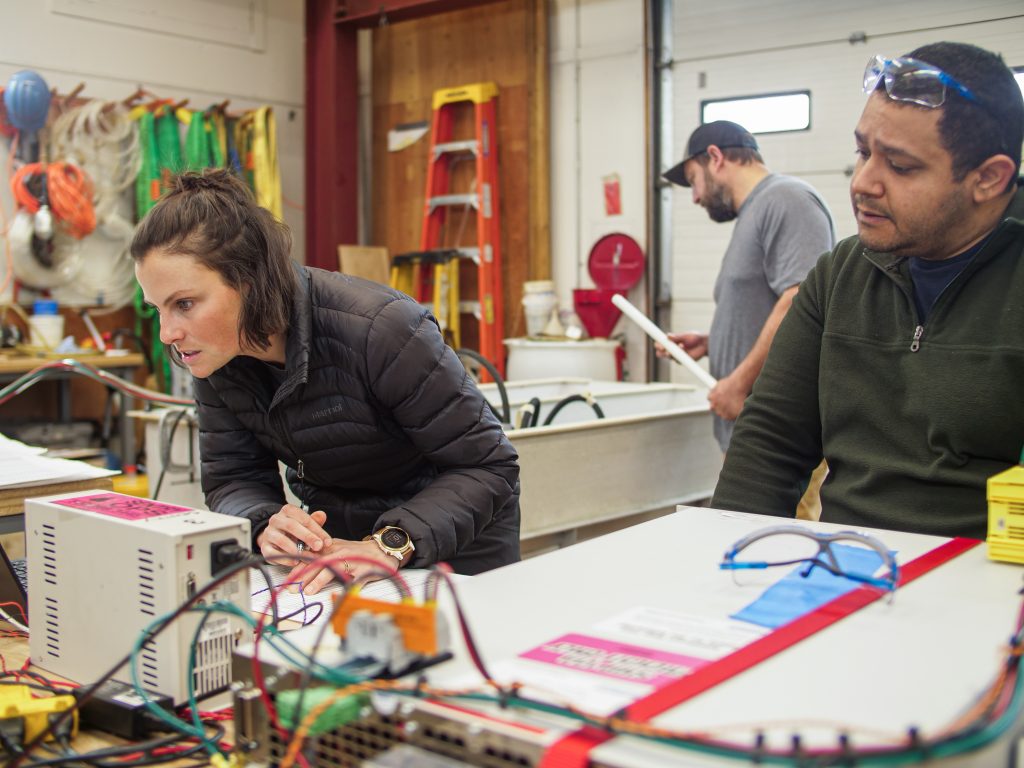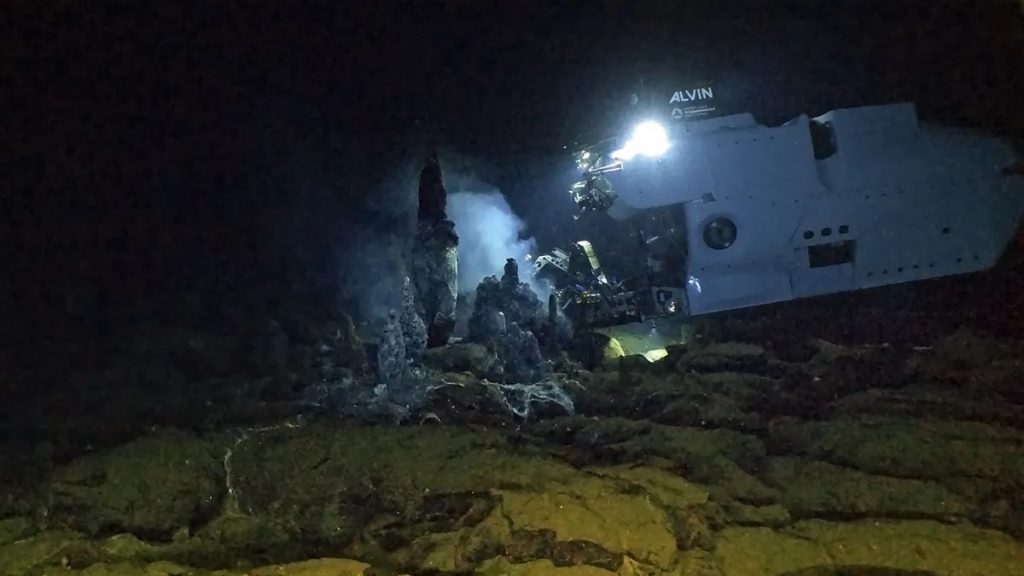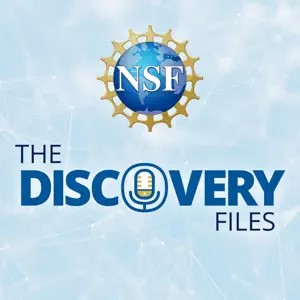University of Texas Dallas’ Geoscience Studio short films from the recent ROV Jason cruise on R/V Thompson. This cruise included the deepest dive for Jason!
Read More »Weekends with Yankee host Richard Weise visits WHOI and learns about HOV Alvin.
Read More »Video from CNN shows footage from Alvin of 108 year old submarine wreck.
Read More »The June issue of Eos includes articles about both mROV and Alvin. The mROV vehicles are highlighted as step in maintaining the US as the leader in the field and…
Read More »ABC World News shows footage captured by Alvin showing sunken USSF-1.
Read More »Alvin documented sunken U.S. Navy submarine off the coast of San Diego this February.
Read More »Deep ocean technology offers never before seen images of lost WWI submarine
Read More »Oceanus article detailing mROV vehicles modeled after ROV Jason currently being developed at WHOI.
Read More »Eos article profiles upgraded Alvin as a key tool in ocean exploration.
Read More »NSF’s Discovery Files podcast features Kaitlyn Beardshear discussing Alvin’s history, sea exploration and discoveries in the ocean’s depths.
Read More »
